Use Kirchhoff's rules to determine the potential differnce between the poits A and D when no current flows in the arm BE of the electric network shown in figure
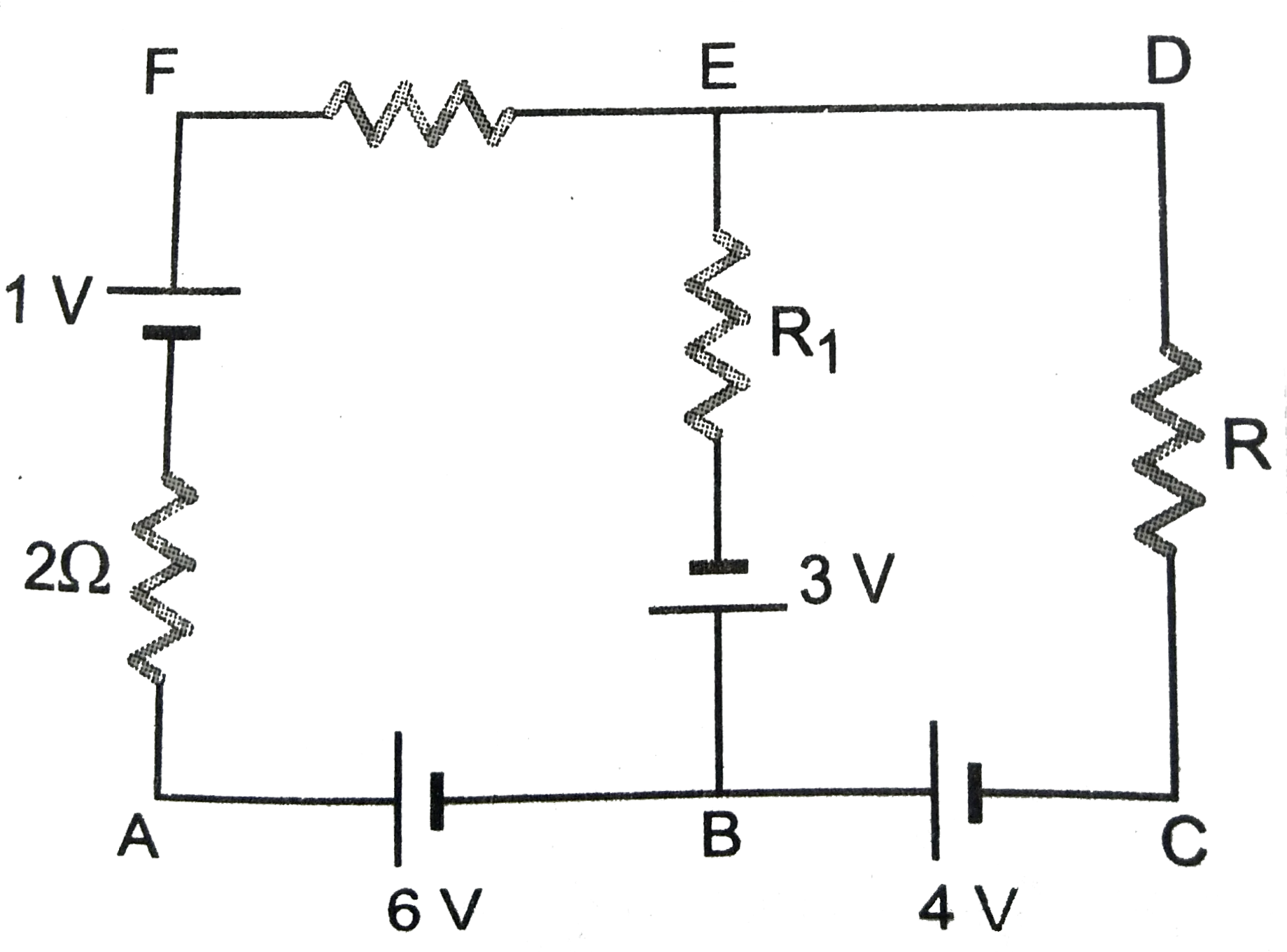
Since no current flows in the arm BE, so the current I flows along the outer loop as shown in figure 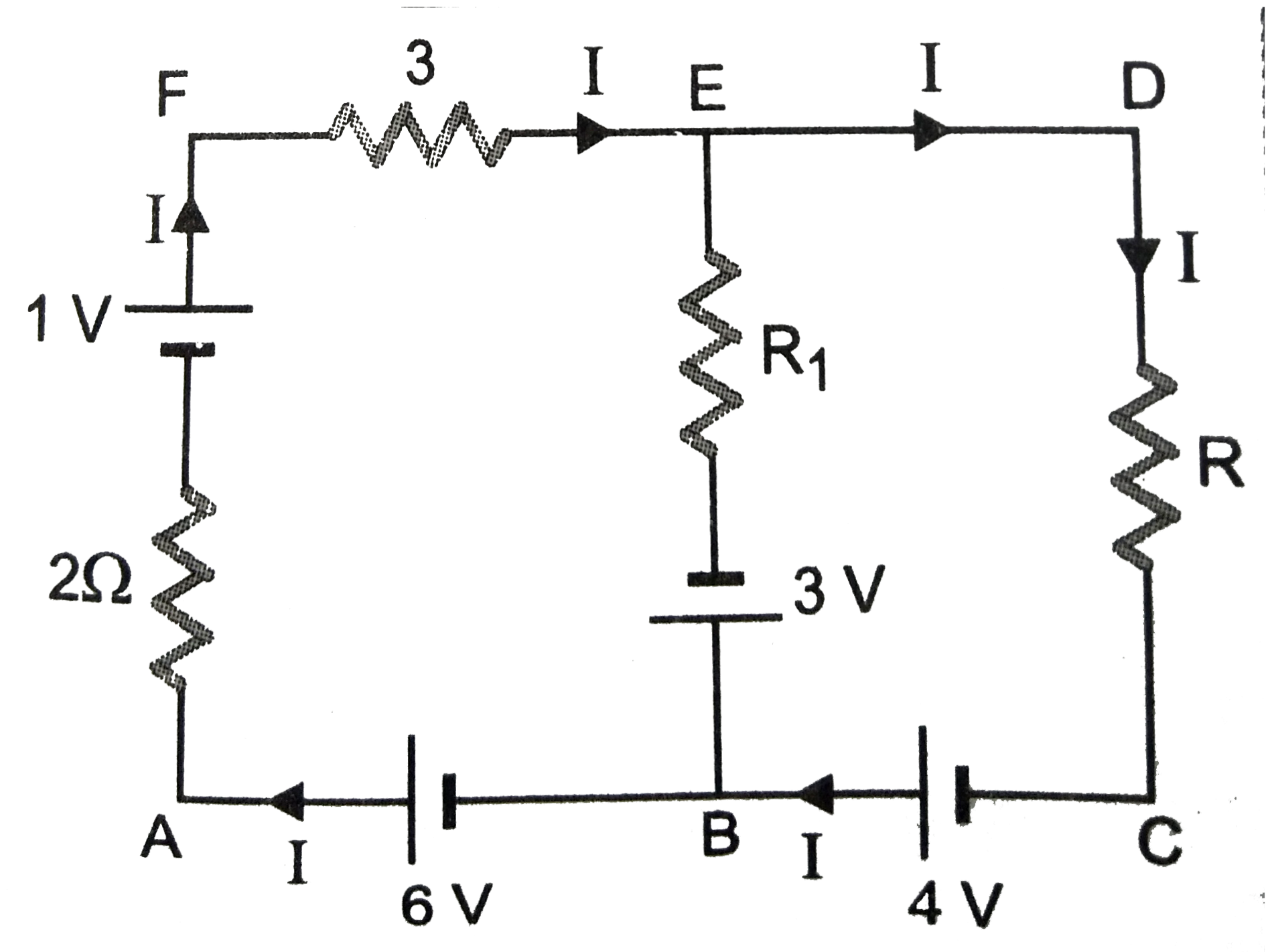
Using Kirchhoff's loop rule to the closed circuit AFEBA, we have
2I−3I+R1×0−3−6=0
or 5I=10orI=2A
Potential difference across A to D while following the path AFD, we have
VAD=2×2−1+3×2=9V
Topper's Solved these Questions
- BOOK - PRADEEPCHAPTER - CURRENT ELECTRICITYEXERCISE - Conceptual Problems3videos
CURRENT ELECTRICITY
- BOOK - PRADEEPCHAPTER - CURRENT ELECTRICITYEXERCISE - Very short Q/A7videos
CURRENT ELECTRICITY
- BOOK - PRADEEPCHAPTER - COMMUNICATION SYSTEMSEXERCISE - MODEL TEST PAPER-29videos
COMMUNICATION SYSTEMS
- BOOK - PRADEEPCHAPTER - DUAL NATURE OF RADIATION AND MATTEREXERCISE - Exercise191videos
DUAL NATURE OF RADIATION AND MATTER
Similar Questions
Use Kirchhoff's rules to determine the potential difference between the points A and D when no current flows in the arm BE of the electric network shown in the Fig.
 View Solution
View SolutionDetermine the potential difference between the points C and D in figure.
 View Solution
View SolutionDetermine the potential difference between X and Y in the circuit shown in figure.
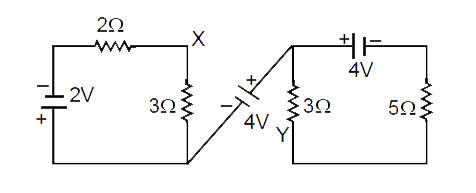 View Solution
View SolutionUsing Kirchhoff's rules, calculate the potential difference between B and D in the circuit diagram as shown in Fig.
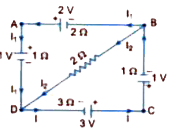 View Solution
View SolutionDetermine the current in each branch of the network shown in figure.
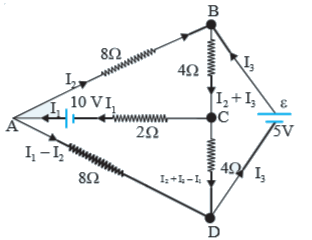 View Solution
View SolutionCalculate the potential difference between points B and D of the network of resistance shown in figure
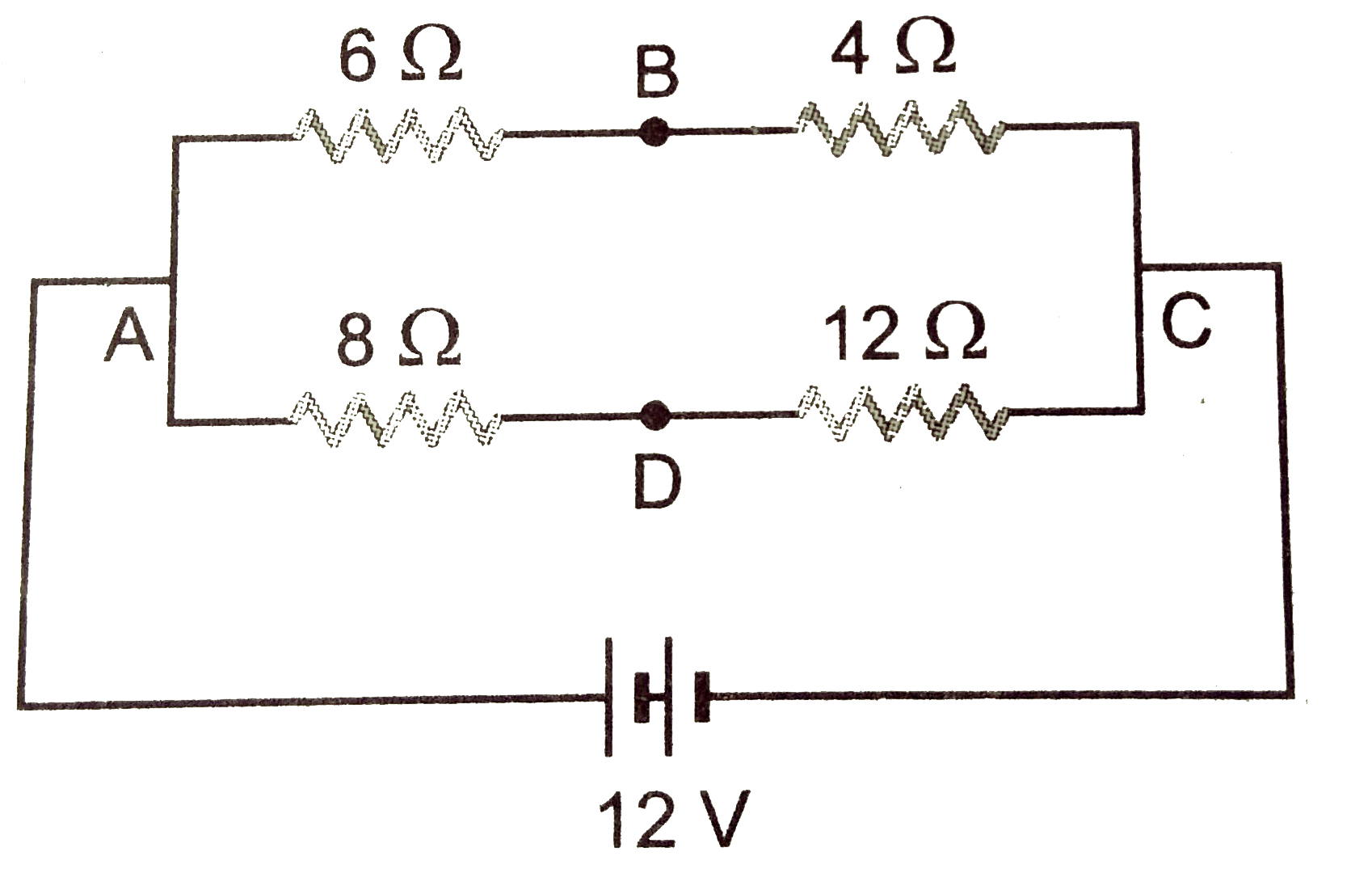 View Solution
View SolutionDetermine current in each branch of the network shown in figure
 View Solution
View SolutionUse kirchhoff's rules to determine the value of current I1 flowing in the circuit
 View Solution
View SolutionFind current through the cell and potential difference between A and D in the circuit shown in the figure
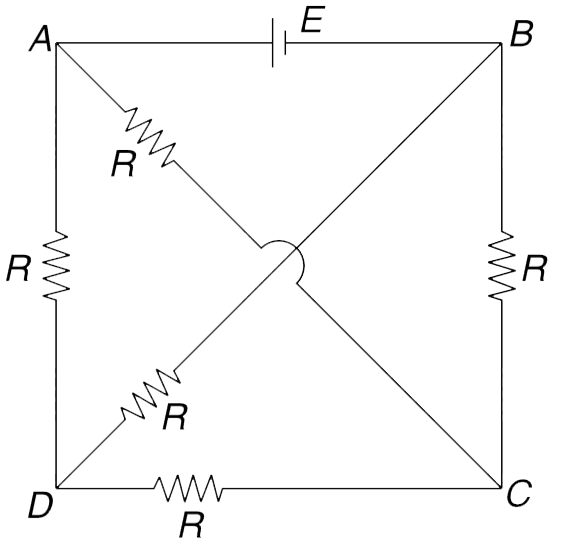 View Solution
View SolutionIn the network shown in the figure, the potential difference between A and B is :
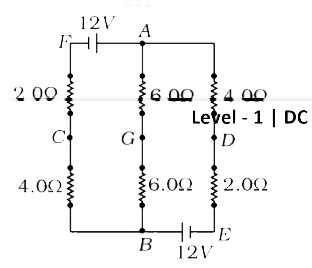 View Solution
View Solution

